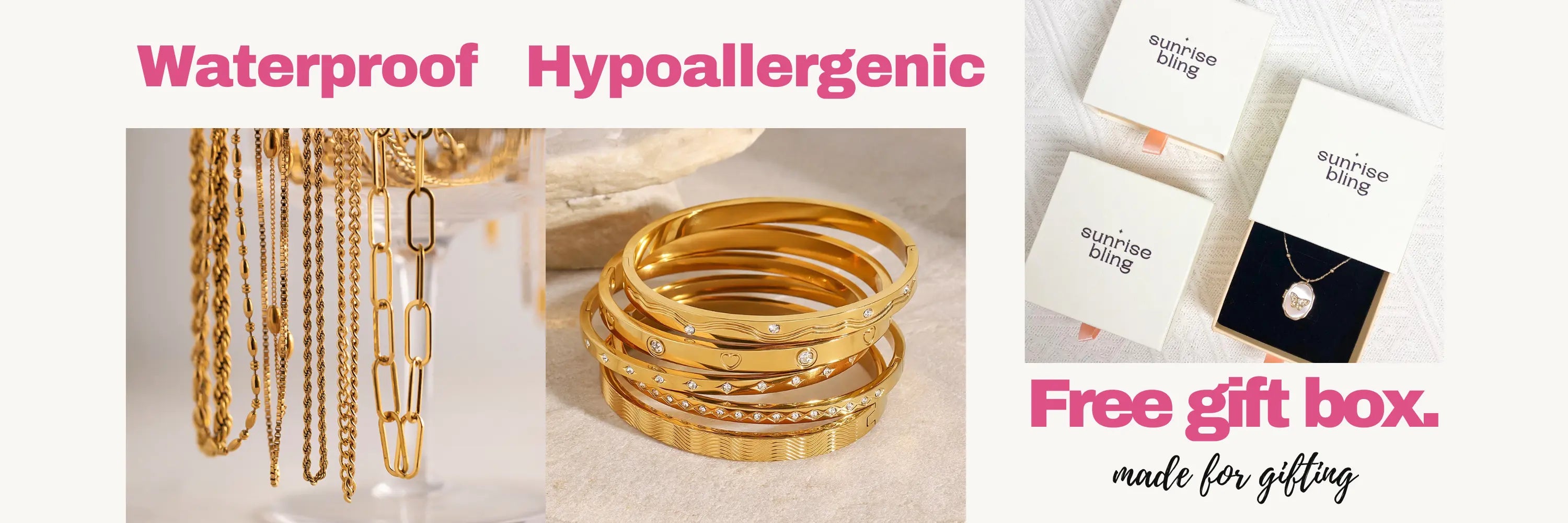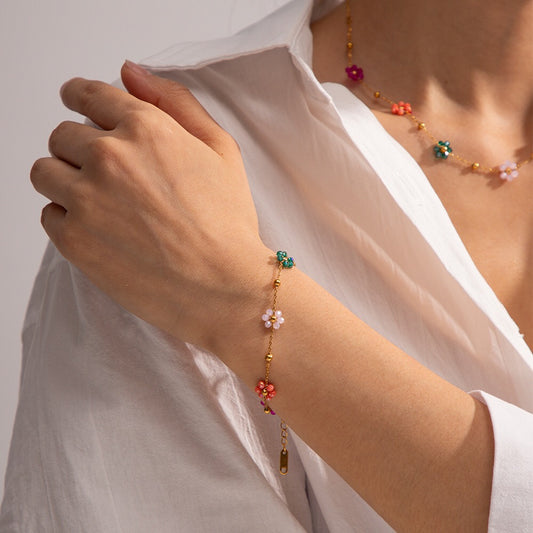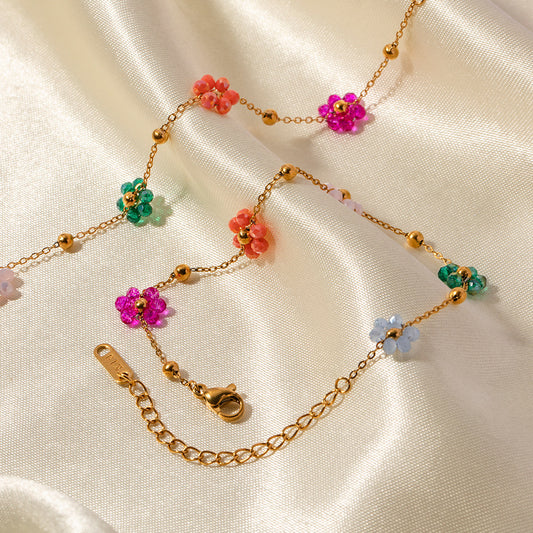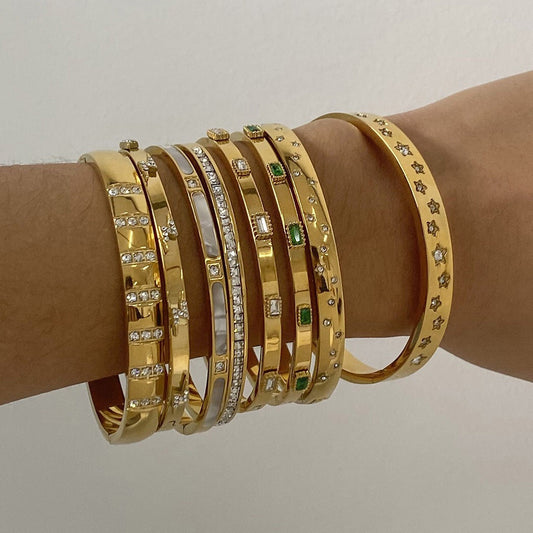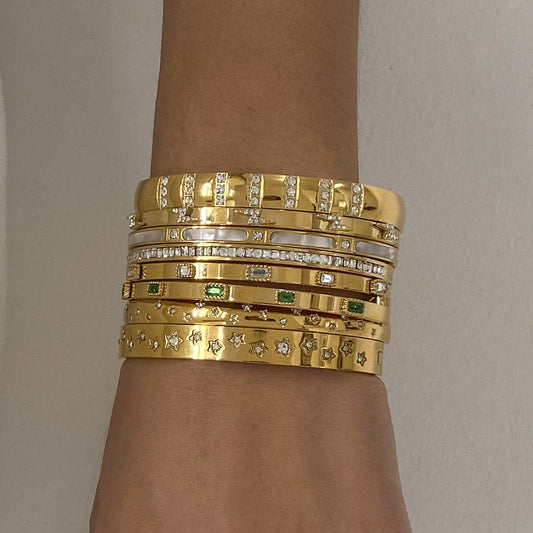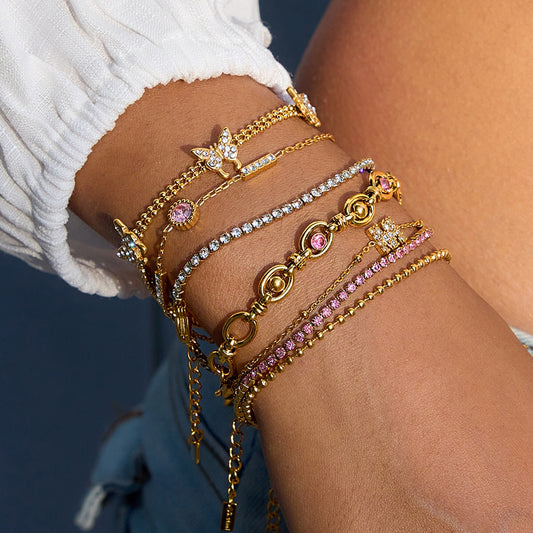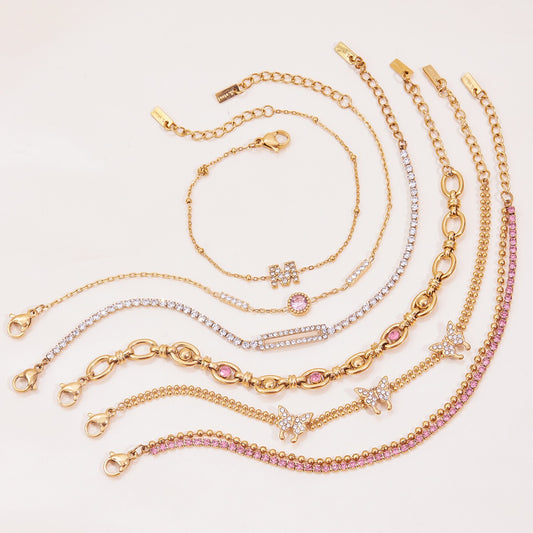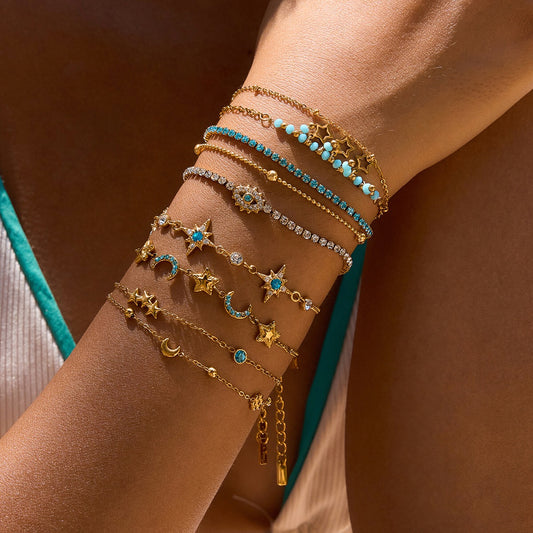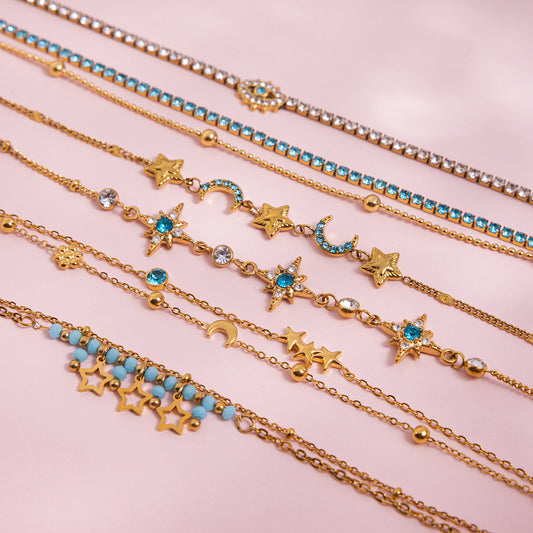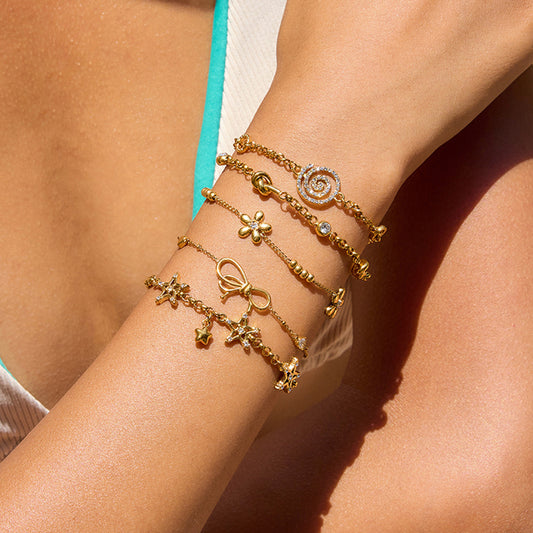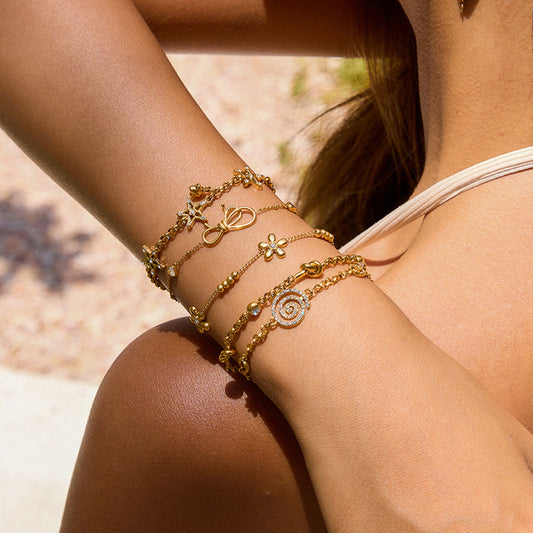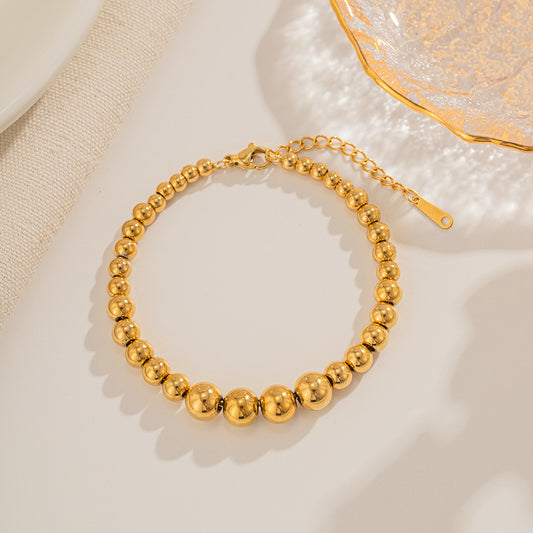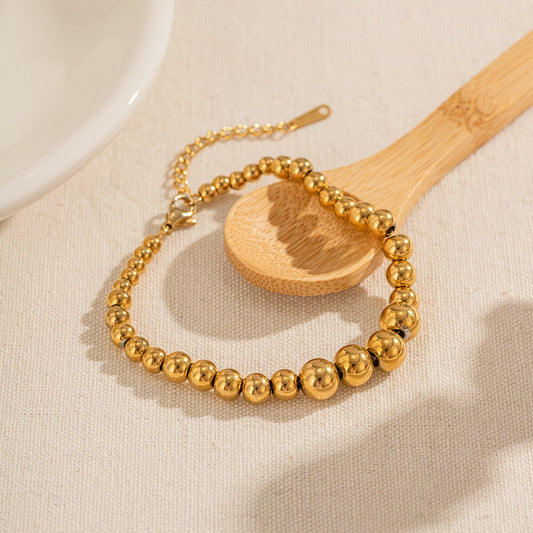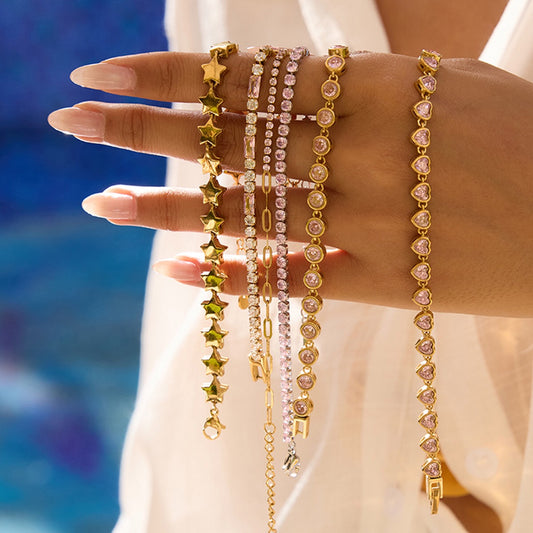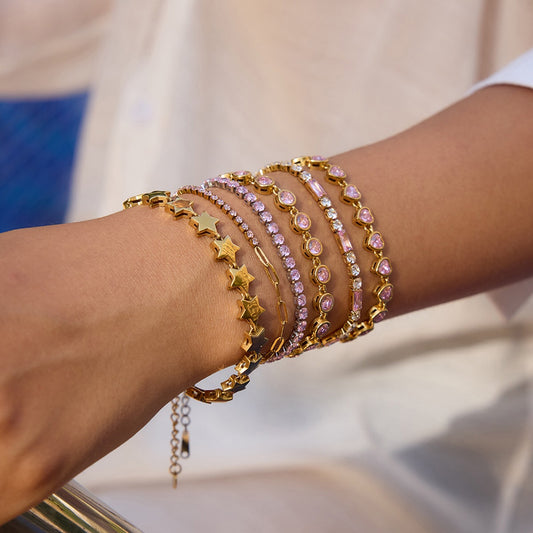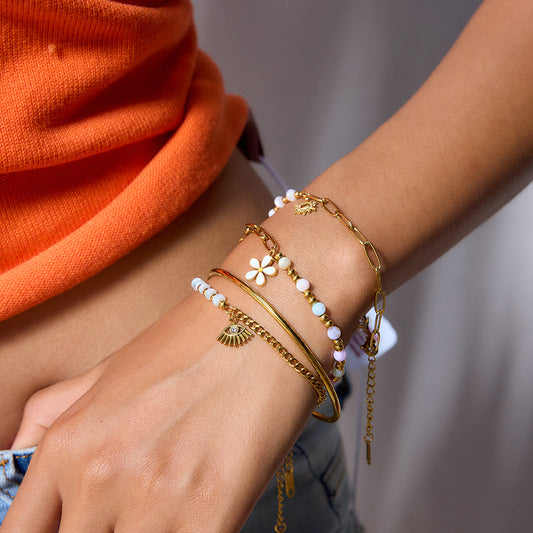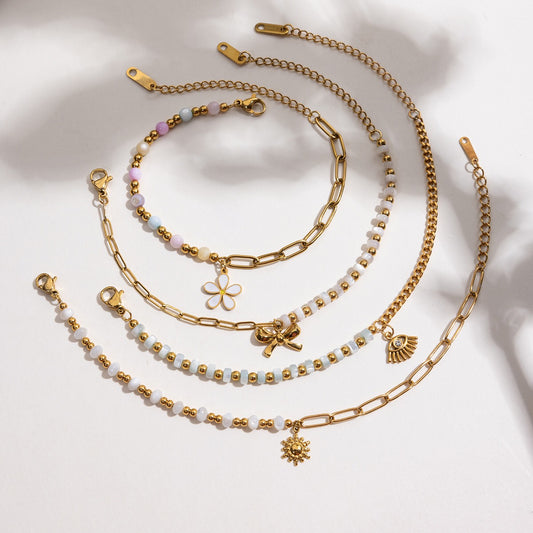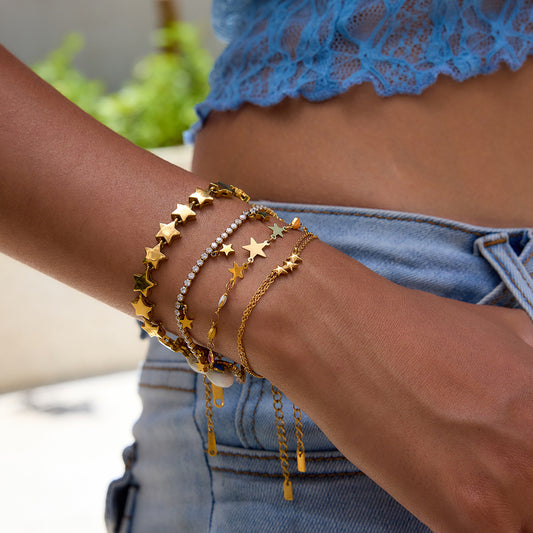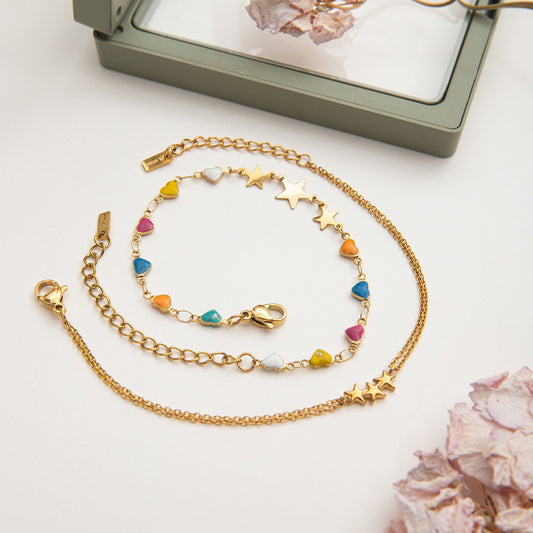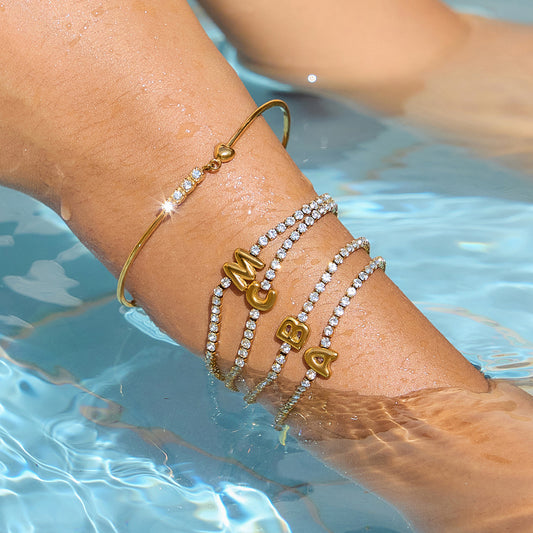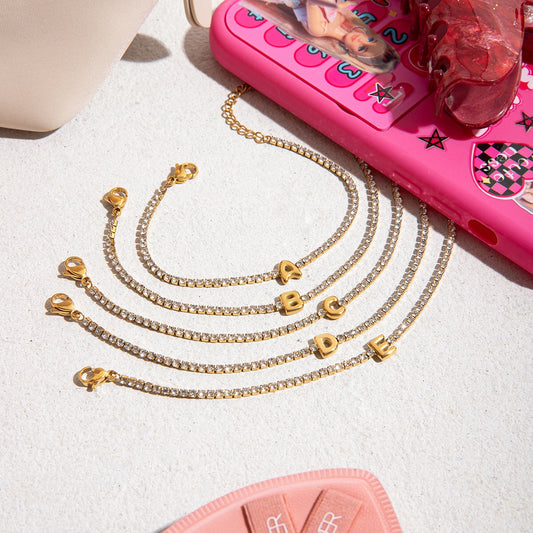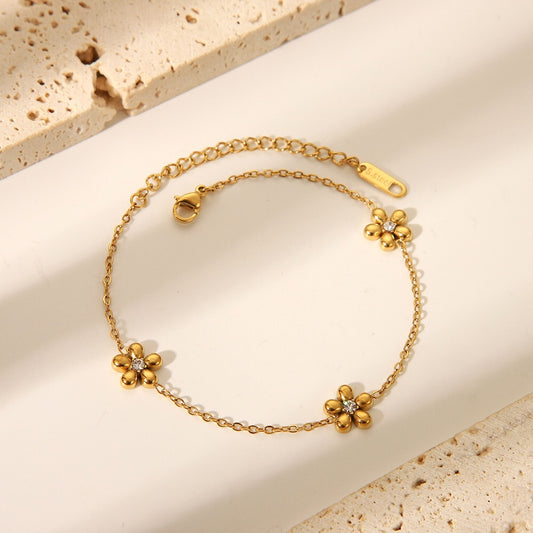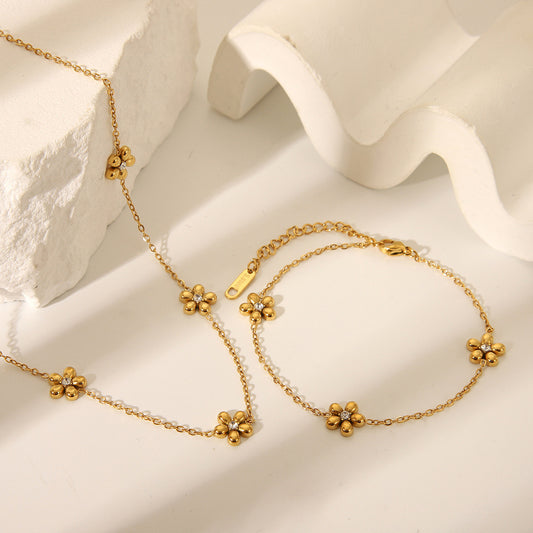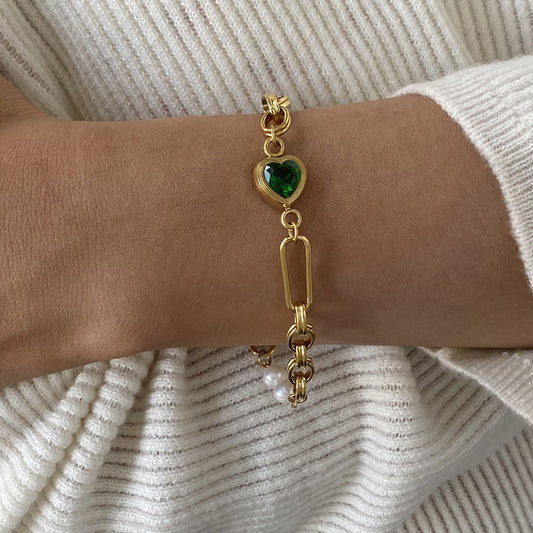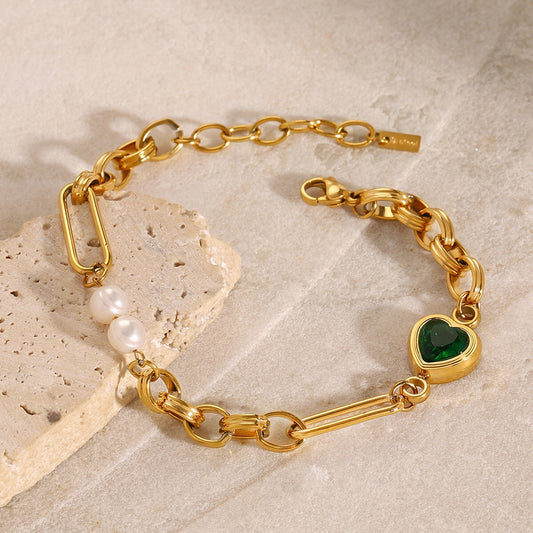Baby bracelets are more than just tiny accessories—they’re heartfelt keepsakes that mark a child’s earliest years, and their popularity continues to grow among families worldwide. In 2025, the revenue in the Jewelry market worldwide is projected to reach a staggering US$373.87bn. Unlike adult jewelry, baby bracelets are designed to be gentle, secure, and meaningful—blending soft materials with subtle details that honor a little one’s uniqueness. Whether you’re a parent looking to celebrate your baby’s journey or a gift-giver seeking a thoughtful present, baby bracelets offer a perfect mix of charm and purpose.
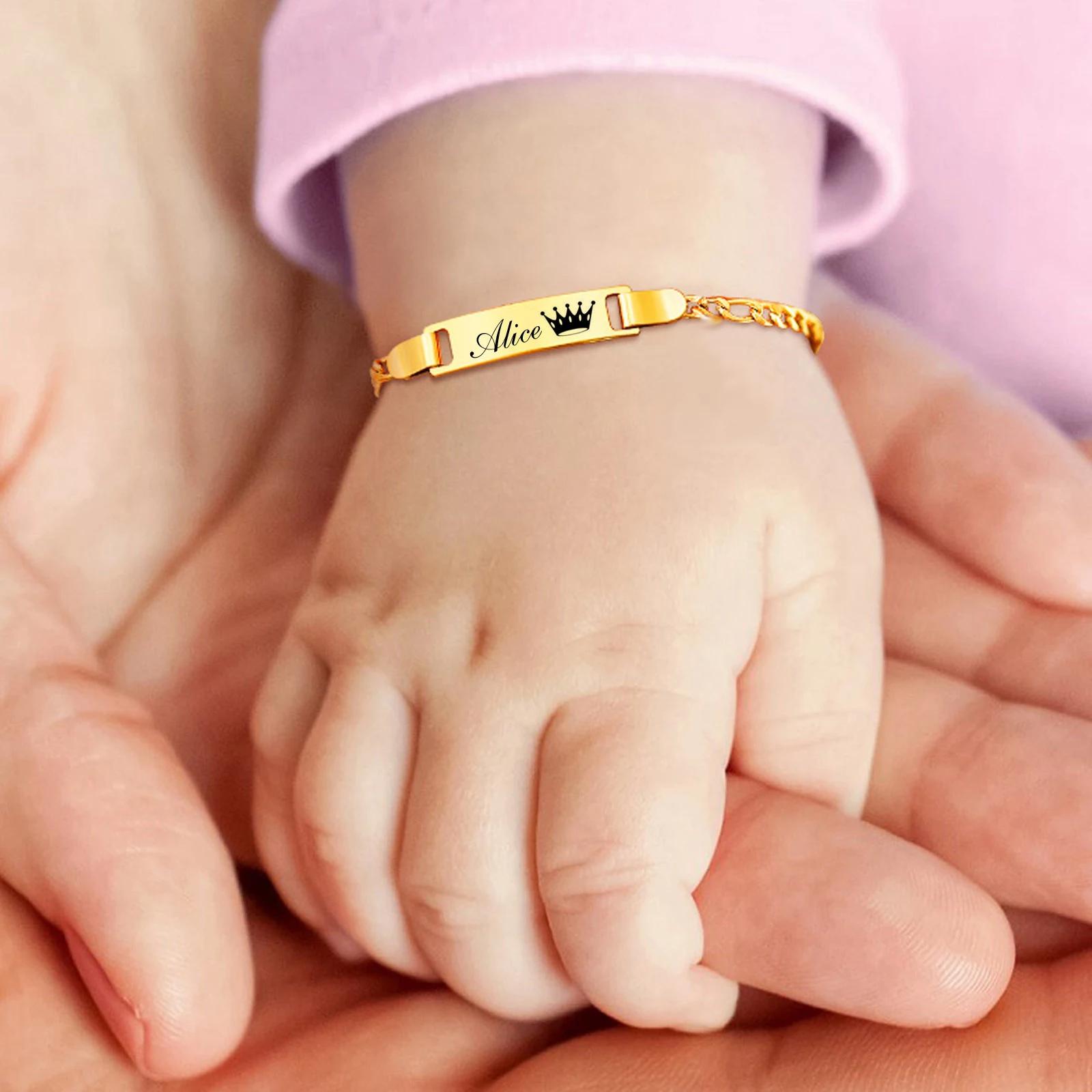
What Is a Baby Bracelet?
A baby bracelet is a small, lightweight piece of jewelry crafted specifically for infants and toddlers (typically 0–3 years old). Unlike adult bracelets, it prioritizes safety and comfort over bold design, with features tailored to tiny, delicate wrists.
Key Characteristics of Baby Bracelets
Baby bracelets differ from regular jewelry in three critical ways:
-
Size: Most are designed for wrists 4–5 inches (newborns) to 6 inches (toddlers), with adjustable options to grow with the child.
-
Materials: Soft, hypoallergenic materials (sterling silver, BPA-free silicone, organic cotton) are standard to avoid skin irritation.
-
Safety Features: No small detachable parts (to prevent choking), smooth edges (to avoid scratches), and secure closures (to prevent slipping off).
How Baby Bracelets Differ from Adult Bracelets
Adult bracelets often feature heavy metals, dangling charms, or tight clasps—all hazards for babies. Baby bracelets, by contrast, are:
-
Lightweight (no strain on tiny wrists).
-
Free of sharp edges or loose components.
-
Flexible (to accommodate movement during play or naps).
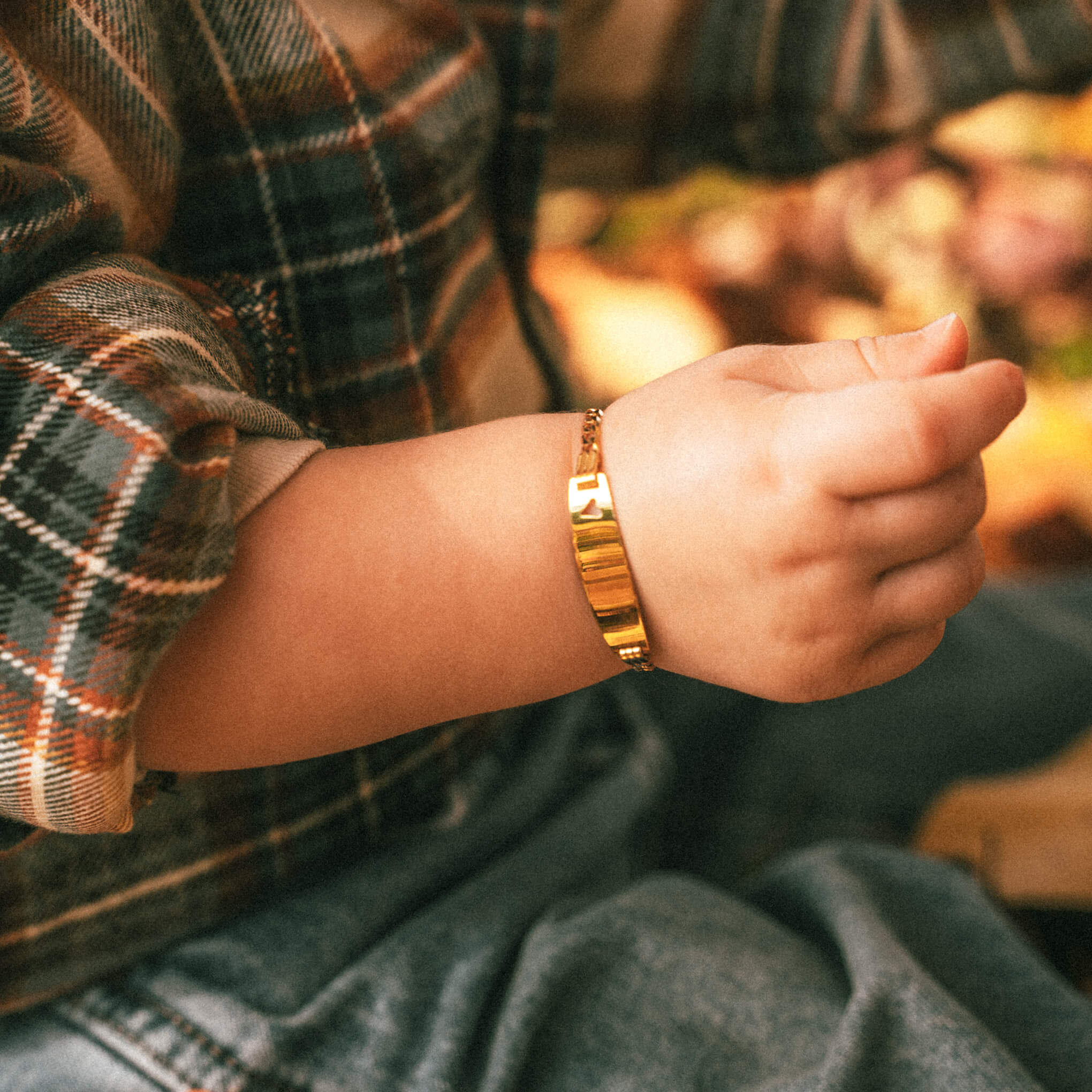
Why Are Baby Bracelets So Popular?
Baby bracelets have become a go-to choice for families and gift-givers, thanks to three key factors that address both emotional and practical needs.
Sentimental Value (Keepsakes for Life)
Many families view baby bracelets as tangible memories of a child’s earliest years. Engraved with names, birthdates, or initials, they often become heirlooms—passed down to siblings or grandchildren. A 2024 survey by Parents Magazine found that 78% of parents keep their child’s first bracelet as a keepsake, even after the child outgrows it.
Versatility for Occasions
Baby bracelets work for nearly every special moment:
-
Baby Showers: A small beaded or engraved bracelet is a thoughtful alternative to clothes or toys.
-
Christenings/Baptisms: Religious-themed bracelets (with crosses or angels) are traditional gifts for faith-based milestones.
-
Everyday Wear: Soft silicone or fabric bracelets add a subtle touch of charm to daily outfits without being bulky.

Safety-First Design
Modern baby bracelets prioritize caregiver concerns: most are made with hypoallergenic materials, have no small parts, and feature adjustable bands. This focus on safety has boosted trust—68% of parents surveyed by BabyCenter said they feel comfortable using baby bracelets if they meet safety standards.
Popular Styles of Baby Bracelets
Baby bracelets come in a range of gentle, functional styles—each suited for different ages and preferences.
Engraved Metal Bracelets (Heirloom-Worthy)
Sterling silver or 14k gold-filled bracelets are top picks for milestones. They’re often engraved with:
-
The baby’s name and birthdate.
-
Initials or a family monogram.
-
Short messages (e.g., “Little Blessing”).
Best for: Christenings, first birthdays, or keepsake gifting.
Stretch Beaded Bracelets (Casual & Flexible)
Stretchy bracelets with BPA-free silicone, wood, or acrylic beads are ideal for everyday wear. They’re lightweight, easy to put on, and come in soft pastels or neutral tones.
Best for: Newborns to toddlers (0–2 years old).
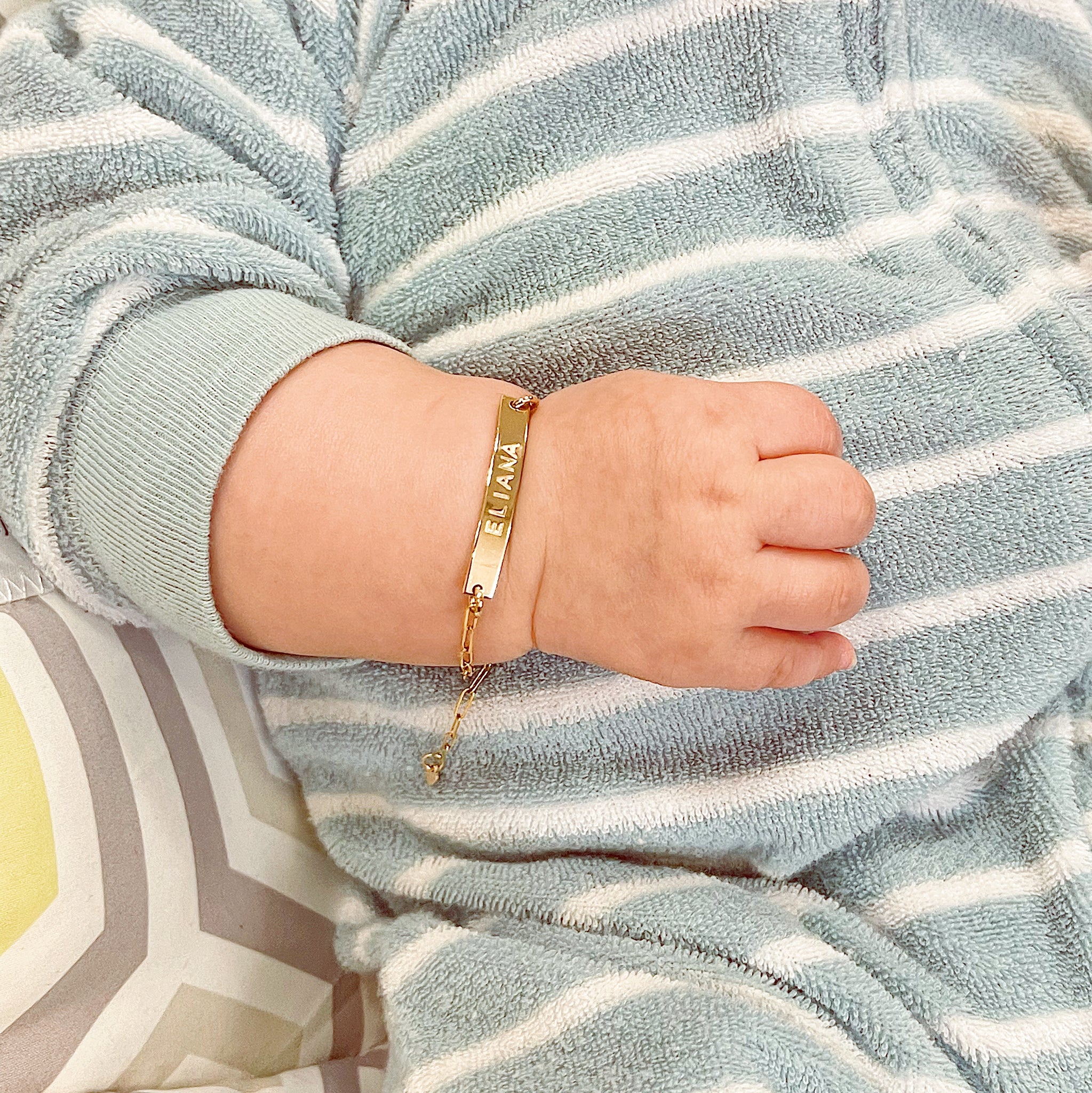
Fabric/Ribbon Bracelets (Ultra-Gentle for Newborns)
Soft cotton or satin ribbon bracelets are perfect for newborns (0–6 months). They’re double-knotted for security and may feature embroidered details (e.g., tiny flowers or initials).
Best for: Newborn photoshoots or delicate skin.
Charm Bracelets (Minimal & Safe)
Baby charm bracelets have 1–2 fixed charms (no dangling parts) like birthstones, small animals, or religious symbols. Charms are soldered to the band to avoid choking risks.
Best for: Honoring personal milestones (e.g., a birthstone charm for the baby’s birth month).
How to Wear Baby Bracelets
Wearing a baby bracelet safely requires attention to fit and timing—here’s how to do it right.
Choose the Right Fit
A baby’s bracelet should be loose enough to slide a finger between the band and their wrist (prevents circulation issues) but not so loose that it slips over their hand (risk of loss or choking). Most brands label sizes by age (e.g., “0–6 months,” “12–18 months”) for easy selection.

When to Put It On (and Take It Off)
-
On: During awake hours, under adult supervision (e.g., family outings, photoshoots).
-
Off: During sleep (risk of strangulation if it catches on bedding), bath time (prevents water damage), and playtime with small toys (avoids tangling).
Avoid Overwhelming the Outfit
Baby bracelets are meant to be subtle—pair them with simple outfits (onesies, soft rompers) to avoid clashing. Avoid wearing multiple bracelets at once (too bulky for tiny wrists).
Baby Bracelets: Perfect Gift for Your Loved Ones
Baby bracelets make meaningful gifts for friends, family, or even your own little one—here’s how to choose the right one.
Occasions to Gift a Baby Bracelet
-
Baby Showers: Opt for a stretch beaded or engraved bracelet (neutral colors work for unknown genders).
-
Christenings: Religious-themed bracelets (cross charms, engraved “Blessed” bands) are thoughtful.
-
First Birthdays: An adjustable engraved bracelet (with the baby’s name and age) grows with them.
Personalization Tips for Gifting
Add a personal touch to make the gift unique:
-
Engrave the baby’s name, birthdate, or a short message (e.g., “Auntie’s Little Love”).
-
Choose a birthstone charm that matches the baby’s birth month.
-
Include a handwritten note explaining the sentiment (e.g., “This bracelet marks your first year—can’t wait to watch you grow!”).
How to Clean Baby Bracelets
Proper cleaning keeps baby bracelets safe and durable—follow these steps based on material.
Metal Bracelets (Sterling Silver/Gold-Filled)
-
Wipe with a soft, damp microfiber cloth to remove spit-up or dirt.
-
Avoid harsh soaps or jewelry cleaners (they can irritate baby skin).
-
Dry immediately to prevent tarnish.
Beaded Bracelets (Silicone/Wood)
-
Spot-clean with mild baby shampoo and warm water.
-
Rinse gently and air-dry completely (moisture can damage elastic cords).
Fabric/Ribbon Bracelets
-
Hand-wash in cold water with mild detergent.
-
Lay flat to dry (avoids shrinking or fraying).
Can Babies Wear Bracelets?
Yes—if the bracelet meets safety standards and is worn under constant supervision. Here’s what to confirm before use:
-
No small detachable parts (charms, beads) that could be swallowed.
-
Hypoallergenic materials (prevents skin irritation).
-
Proper fit (not too tight or loose).
Avoid bracelets for premature babies or infants with sensitive skin—consult a pediatrician if unsure.
Does Pandora Have Baby Bracelets?
Pandora does not currently offer a dedicated “baby bracelet” line. The brand’s jewelry is designed for adults and older children, with small charms and clasps that pose choking risks for infants. For Pandora-style sentiment, opt for baby jewelry brands (e.g., Mia Belle Baby, Etsy artisanal shops) that create engraved or charmed bracelets specifically for babies—with safety as the top priority.
Frequently Asked Questions About Baby Bracelets
Q1: At what age can a baby start wearing a bracelet?
A: Most parents wait until the baby is 1–2 months old (once their skin is less sensitive). Newborns (0–1 month) may benefit from ultra-soft fabric bracelets only.
Q2: Are baby bracelets safe for teething babies?
A: Only BPA-free silicone bracelets are chew-safe—and even then, supervise closely. Avoid metal or beaded bracelets (risk of breaking or choking if chewed).
Q3: Can baby bracelets cause skin irritation?
A: Hypoallergenic materials (sterling silver, silicone) rarely cause irritation. If redness occurs, remove the bracelet and consult a pediatrician.
Q4: How long can a baby wear the same bracelet?
A: Replace the bracelet when it becomes too tight (can’t slide a finger underneath) or when the baby outgrows the size (typically every 3–6 months).
Conclusion: Celebrate Tiny Moments with Safe, Sweet Baby Bracelets
Baby bracelets are more than accessories—they’re lasting reminders of a child’s earliest years, blending safety, sentiment, and style. Whether you’re honoring a milestone, gifting a loved one, or keeping a keepsake for your own baby, choosing a well-made, age-appropriate bracelet ensures it’s both meaningful and secure.
Ready to find the perfect baby bracelet? Explore trusted brands that prioritize hypoallergenic materials and safety features (look for “baby-safe” labels). Whether you opt for an engraved metal band or a soft beaded design, your little one’s bracelet will soon become a cherished memory—one you’ll hold onto long after they’ve outgrown it.


